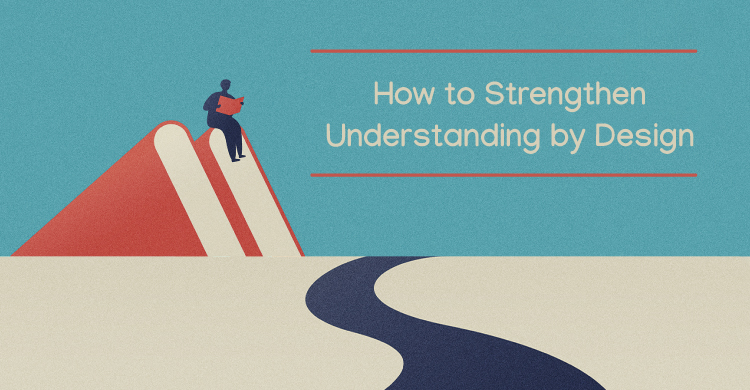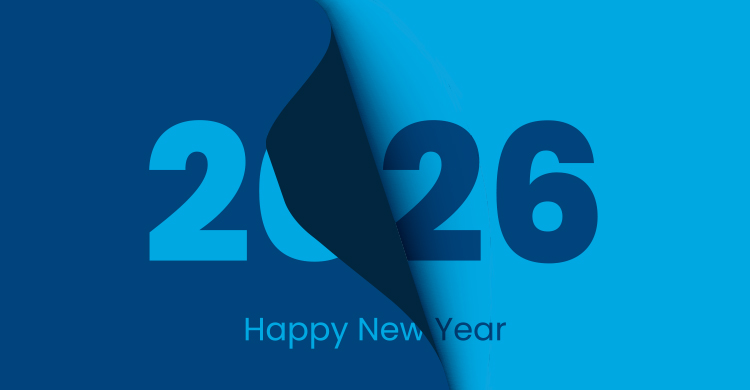I’ve been fortunate to be part of the Understanding by Design (UbD) family for a long time, originally as part of a team organized by the UbD authors Jay McTighe and Grant Wiggins to help develop the program. Once the program was developed, I also became a member of the ASCD UbD faculty that conducted training across the country and even in several countries around the world.
I am proud of what has been and is being accomplished through UbD, one of the best curriculum design programs that exists today. But my experiences as a developer and trainer also exposed me to what I consider to be some problems and challenges facing UbD designers. In this blogpost, I suggest five ways that I think teachers and schools that are already familiar with and using UbD can strengthen the design model and make it more powerful, relevant and different from traditional curriculum design.
My five suggestions are:
1. In stage one, focus learning around only a few key, powerful, compelling understandings and aligned, relevant essential questions.
2. In stage one, put greater emphasis on the teaching of key skills that prepare students for a lifetime of learning.
3. In stage two, include a greater variety of understanding-based assessments.
4. In stage two, develop a list of formative assessments to be included in stage three instruction.
5. In planning stage three, use a four phase instructional framework.
1. In stage one, focus learning around only a few key, powerful, compelling understandings and aligned, relevant essential questions.
A key to using the UbD design process effectively is to use a “less is more” philosophy to limit the curriculum to a few key “big ideas”, or understandings. Fewer understandings, along with aligned essential questions, are more likely to promote greater understanding of key content ideas, allow time for learning content in greater depth, and encourage greater curiosity and interest.
Unfortunately, often when teachers use UbD to redesign units of study, they fail to select, narrow down and prioritize understandings and essential questions to those that are most important, relevant, and compelling. Also, the understandings and essential questions are sometimes not aligned – that is, they are not connected and related to each other. Both of these problems fail to reduce the original large mix of unit goals, create confusion, and often lead to the continued superficial coverage of content and a lack of ability to “uncover” a few big ideas.
Case in point: For one tenth-grade unit on the American Revolution, a teacher developed the following understandings and essential questions:
Understandings:
1. There is a distinction between myth and reality during the American Revolution.
2. There are many forms of government, such as Democracy vs Monarchy.
3. Differences in Patriots and Loyalists played crucial roles in the American Revolution.
Essential Questions:
1. When is history myth? When is it truth?
2. Are people capable of governing themselves?
3. How do people’s personal beliefs affect their loyalties?
4. What role does economics play in war?
Note that any one of these understandings and/or essential questions, massaged, clarified, and rewritten, could be the major focus of the entire unit. Also, the last essential question What role does economics play in war? has no comparable understanding. This brief example provides some idea of the difficulties and challenges of creating a small critical mass of key, compelling, relevant understandings with aligned essential questions that focus a unit’s goals.
2. In stage one, incorporate the teaching of key skills that prepare students for their future.
UbD planning often lacks a focus on specific, critical skills to be practiced, taught and emphasized in a UbD unit or course. Sometimes the skills that are incorporated into UbD are important, such as thinking or research skills, but at other times they can be superficial and narrow, such as to list or identify some key facts.
In my recent book, Teaching for Lifelong Learning: How to Prepare Students for a Changing World, I suggest five key skill sets and subskills that I think are critical in order to prepare students for a lifetime of learning:
• Developing Understanding (e.g. discern patterns, build relationships, make connections)
• Conducting Research (e.g. search for a read many different texts, find and evaluate information)
• Thinking (e.g. analyze, interpret, synthesize, draw conclusions)
• Communicating (e.g. write narratives, stories, essays, persuasive arguments, share oral presentations)
• Collaborating (e.g. communicate clearly and listen to others, solve problems together)
Finding ways to focus on developing one or more of these five skill sets and their subskills in a specific unit can considerably strengthen the skills focus of UbD.
3. In stage two, include a greater variety of understanding-based assessments.
UbD emphasizes the use of performance tasks as the key type of understanding-based assessment, but I believe that there are a number of additional types of open-ended assessments that work well to promote understanding, such as:
a. Open-ended writing and discussion assignments, such as essays, interpretive questions for discussion, persuasive writing assignments, debates, and so on.
b. Research projects that enable students to deepen content and develop reading, study, research, writing, thinking, and collaborative skills.
c. Visual organizers that promote cause and effect connections, analysis, the development of principles and theories, and creative thinking.
d. Self-assessments that enable students to demonstrate their understanding in their own words by summarizing and synthesizing their learning.
These additional types of understanding-based assessments should be explicitly encouraged as teachers design “other assessments” in stage 2.
4. Develop a list of formative assessments to be included in stage two assessments or directly into stage three plans for instruction.
Formative assessments are a key element in creating a growth mindset—the belief that understanding and skill development can be cultivated and improved on through practice and revision over time. They enable teachers to check for understanding and provide helpful feedback to students as they improve their work. Assessments that “check for understanding” and other types of formative assessment activities should be an integral part of the “other assessments” included in stage two or directly incorporated into the instructional planning process in stage three.
5. In planning stage three, use a four phase instructional framework.
I believe that a weak link in UbD design work has been the use of an often unstructured, open-ended instructional planning process in stage three. The four phase instructional framework described in my book Teaching for Lifelong Learning: How to Prepare Students for a Changing World https://www.solutiontree.com/teaching-for-lifelong-learning.html, and in a Solution Tree blog https://bit.ly/3hVphKT provides a meaningful structure for planning UbD instruction in stage 3: (1) setting the stage, (2) building the foundation, (3) deepening learning, and (4) providing closure.
In the, setting the stage phase of instruction, teachers create interest and curiosity about what is to be learned. Students are introduced to understandings, essential questions and challenging problems. Initial activities engage students and help teachers to diagnose what students already know about the topic and what skills they have already developed. Teachers provide some initial context to what is to be learned so that students better understand the meaning and importance of the learning goals.
During the second phase, building the foundation, students learn new ideas, understandings, and concepts, and develop, practice and strengthen vital skills. They might learn, practice, and improve study and research skills with the guidance of the teacher. They might read parts of a text together, learn new vocabulary, and practice taking notes and summarizing information and ideas. They might learn and practice how to write a persuasive essay and cite evidence to support their opinions.
In a third phase of instruction, they are able to apply what they know and can do to new and novel situations, dig deeper into their learning, and learn independently and interdependently. For example, they might be given a choice of projects to work on that extends their learning and enables them to use their research and writing skills on an individual or collaborative project. The might work on an authentic task that is a culminating activity of the unit.
Finally, the closure phase enables students to complete their work at a high quality level, have the chance to share and discuss what they have learned with others, and demonstrate and reflect on what they have learned.
Conclusion
How can these five suggestions be incorporated into the development of UbD units of study? In chapter 4 of my book, Teaching for Lifelong Learning, cited earlier, I adapt UbD unit template descriptors to incorporate these ideas, and also provide three examples of UbD units that incorporate these ideas, one at the elementary, middle, and high school level. These three unit examples can also be downloaded as reproducibles at https://www.solutiontree.com/free-resources/21stcenturyskills/tfll.
Redesigning the curriculum using UbD has the potential to be a game changer with respect to student interest and engagement, what is learned and understood, what skills are developed, the depth of learning, and much more. For me, whether it will happen when using UbD as a design model depends on whether learning is focused around a few critical understandings, questions, and key skills, whether a variety of open ended assignments and assessments are incorporated into the plan, and whether a structured instructional process like the four phase framework is used to plan instruction. By incorporating these five adaptations, I believe that the UbD curriculum design framework is significantly strengthened, and will be more likely to create a meaningful 21st century curriculum for all students.






